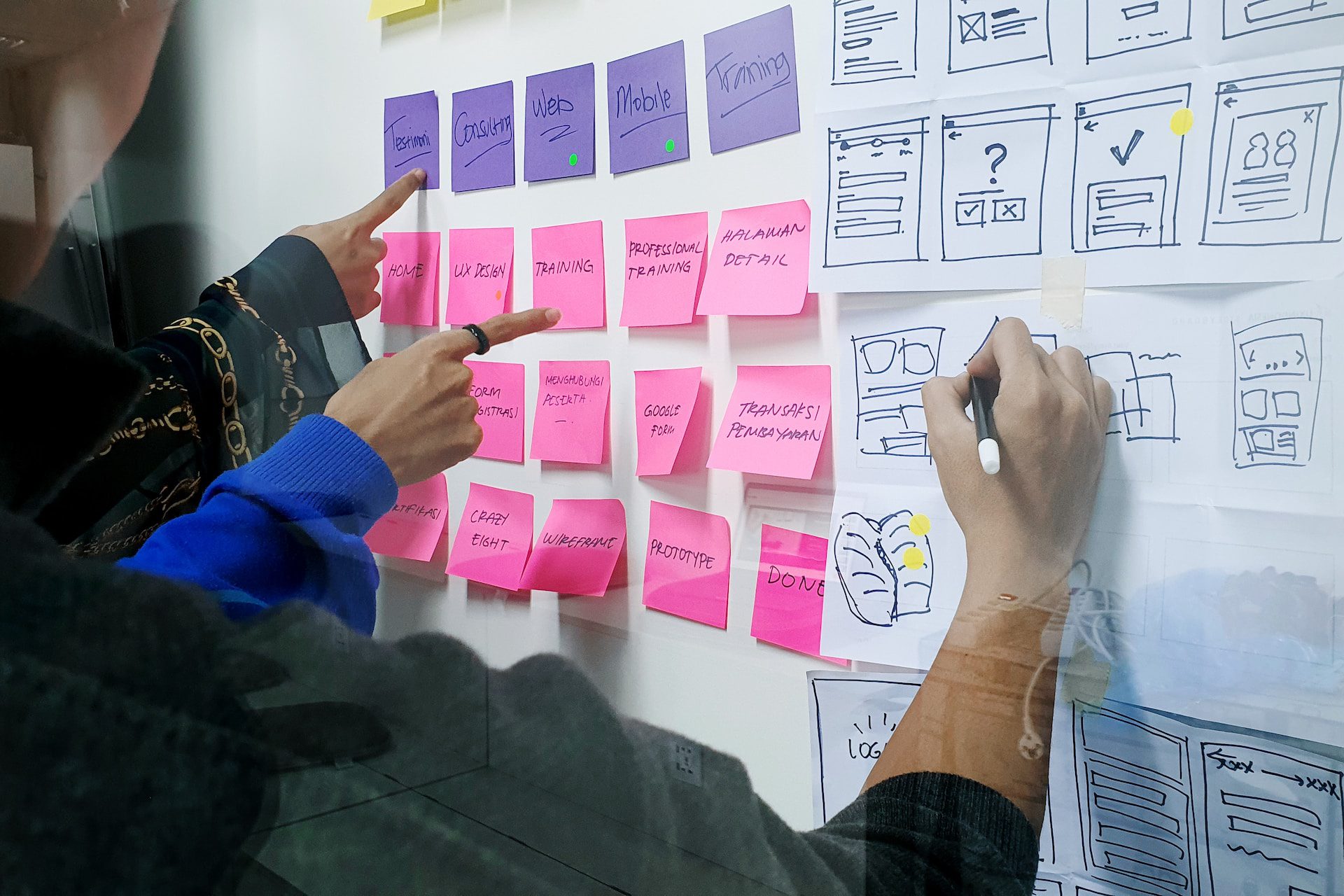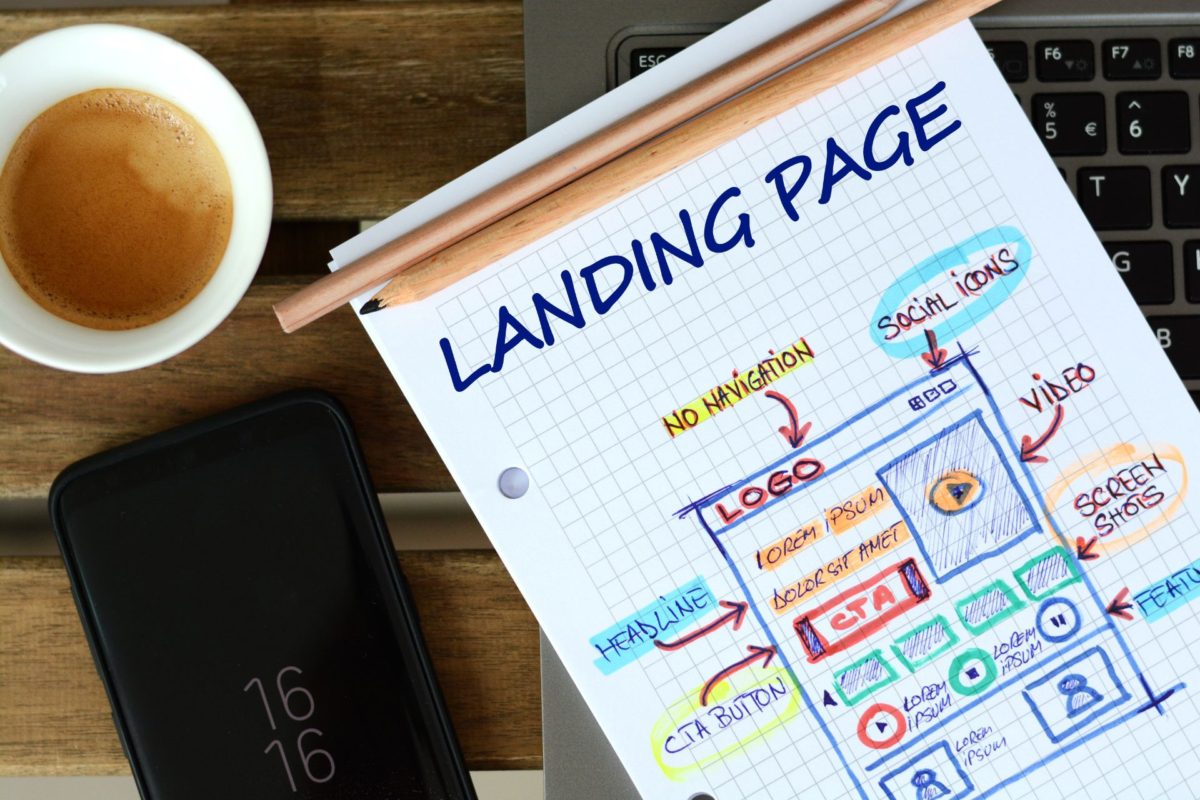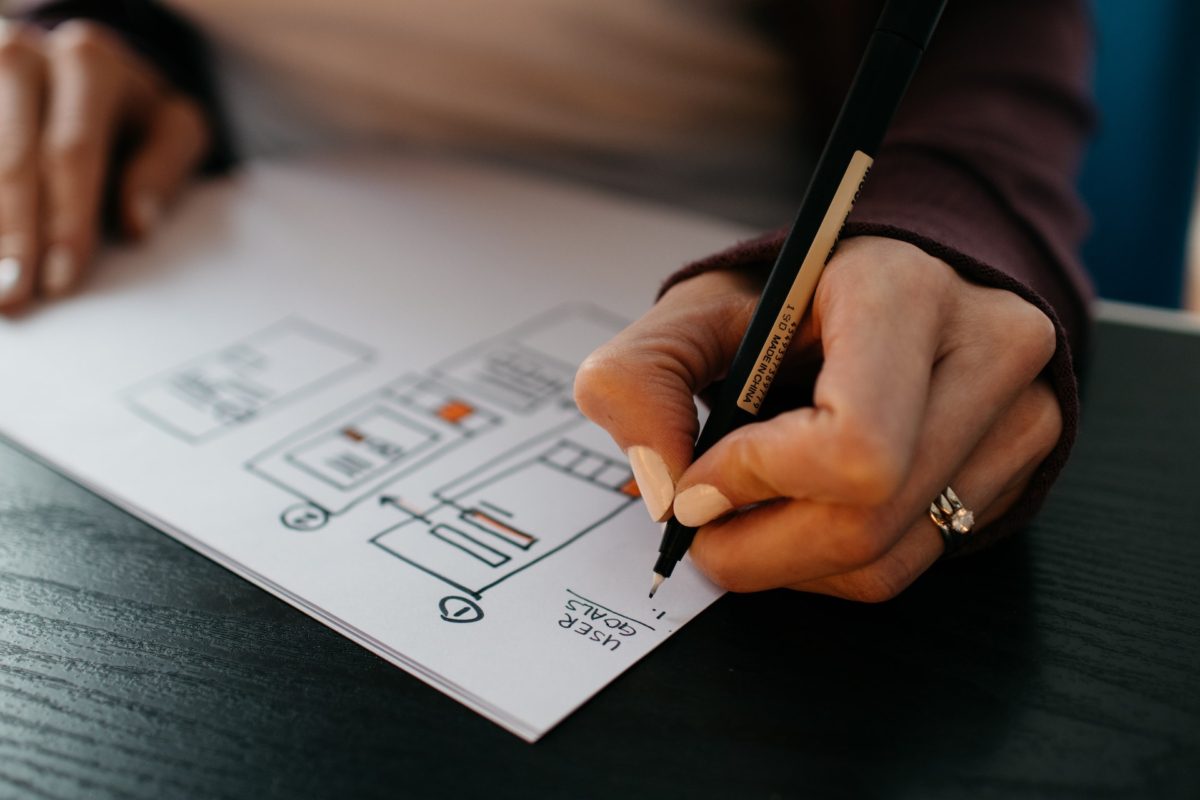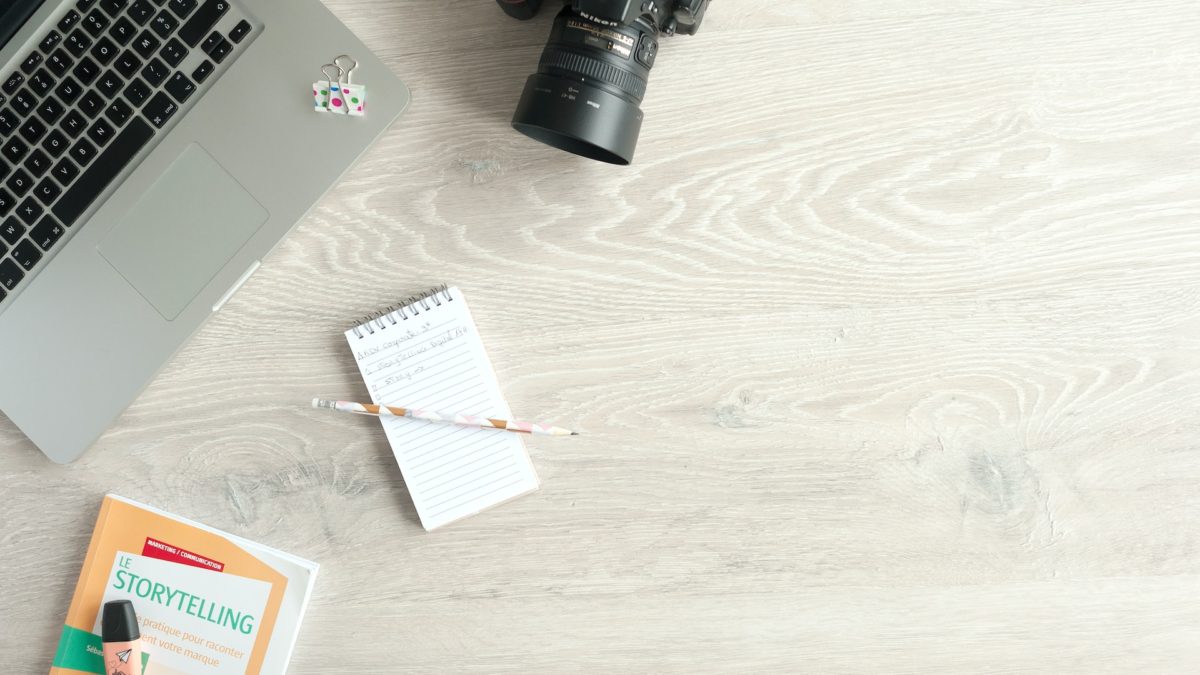This guide breaks down how to create a landing page that converts, guiding you through the process of selecting the right tools, crafting compelling content, designing with impact, and testing to ensure peak conversion rates.
In today’s increasingly digital world, website and app creators face the challenge of designing products that not only look good but also provide an exceptional user experience. Web design vs UX design, while related, serve different purposes in this endeavor. Gaining a clear understanding of the distinctions and interplay between these two disciplines is crucial for creating outstanding digital products. In this blog post, we will delve into the key differences between web design vs UX design, explore the similarities and shared techniques, and guide you in choosing the right approach for your project.
Key Takeaways
- Web design is the combination of art and science to create a visually pleasing website that increases engagement, boosts SEO performance, and reinforces brand awareness.
- UX Design focuses on creating user-friendly solutions by understanding user journeys, experiences & emotions. It has positive impacts such as increased satisfaction & conversion rates.
- Web design & UX design share common skillsets but differ in focus – web design looks at visuals while UX considers overall experience including usability & interactions
Web Design Explained
Web design artfully blends science to shape the visual and functional aspects of a website, encompassing web page layout, graphics, and content. It plays a pivotal role in drawing in and retaining users, optimizing search engine performance, and solidifying brand recognition.
The daily duties of a web designer are contingent on the needs of their client, employer, or project, and can range from creating mock-ups and prototypes to coding and front-end development, often collaborating with a web developer. In this collaboration, the web developer focuses on the technical aspects of the project, ensuring smooth web development.
Key Components of Web Design
HTML, CSS, JavaScript, typography, and interactive navigation are fundamental elements of web design. They shape the overall aesthetic and enhance the usability of a website across various web browsers. Web designers, also known as UI designers, are skilled in:
- Creative concepting
- Color theory
- Typography
- Infographics
- Icon development
- Diagrams and tables
- Interactive navigation
They utilize fonts, imagery, and typography to evoke emotions from users, ultimately enhancing the user experience.
The Importance of Web Design
The user-friendliness of a website, heavily influenced by its aesthetics, functionality, and user interface design, is a crucial facet of web design that markedly impacts site performance. Web designers, often collaborating with UX designers, can generate conversions and improve retention rates by creating designs with visual components that evoke emotions from users.
Furthermore, web design influences search engine performance. This is achieved by meticulously planning and positioning of:
- Content
- Images
- Videos
- Keywords
to ensure seamless website operation on both web browsers and desktop software.
UX Design Unraveled
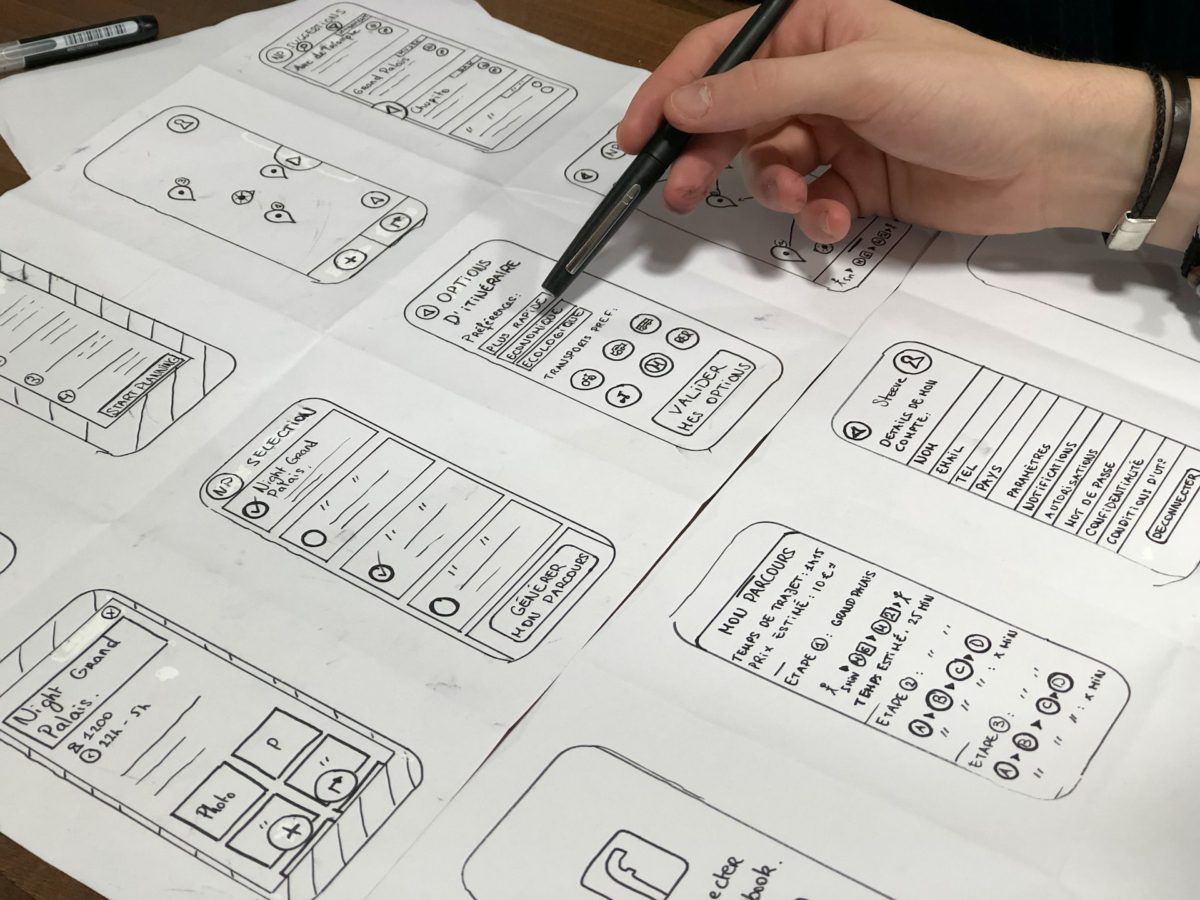
UX design is a process centered on crafting products that offer a user-friendly and enjoyable experience. It aims to create solutions that facilitate efficient user-product interaction. The primary responsibility of a UX designer is to focus on the user journey, rather than the visual aspects of the product. Before designing software or mobile apps, UX designers formulate user personas and apply appropriate methodologies concerning the end-user.
Within an organization, UX design seeks to:
- Assess the user’s experience when interacting with a product, app, or website
- Understand its effect on the user’s emotions
- Understand its effect on the user’s ability to accomplish their objectives.
Key Components of UX Design
UX design incorporates the following skills and processes:
- User research
- Usability testing
- Prototyping
- Iterative modifications based on user feedback
- Understanding user habits and emotional responses
- Proficiency in user psychology
UX designers may utilize an array of tools, such as:
- Visual design software
- Prototyping tools
- Collaboration tools
- User research tools
- Analytics tools
- UI design tools, often used by a skilled UI designer
The specific tools used will depend on the organization and project.
The Impact of UX Design
Effectively implemented UX design can amplify user satisfaction, elevate conversion rates, and strengthen brand loyalty. It is essential for creating an optimal user experience in interactive media, where visuals are just one component, albeit an important one. By focusing on the overall user experience, UX design can improve customer satisfaction, conversion, and loyalty, in addition to being a cost-effective way to save time, money, and resources during the design process.
Similarities Between Web Design and UX Design
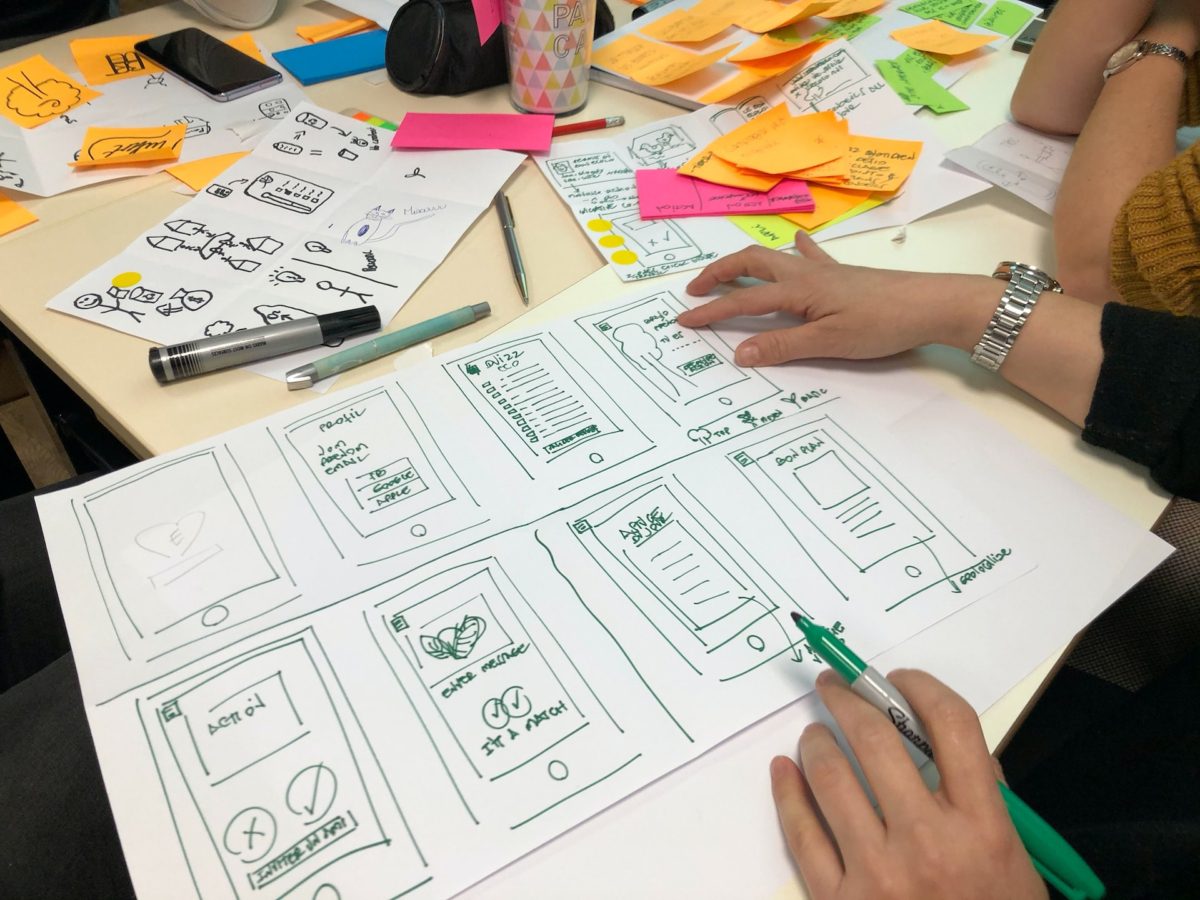
Both web design and UX design demand a deep understanding of user needs, problem-solving prowess, and creativity. They share some common ground in the tools and techniques employed.
The tools and techniques employed in web design and UX design frequently coincide, including wireframing, prototyping, user testing, and usability testing.
Shared Skills and Tools
Web design and UX design require a shared skillset, including:
- Comprehension of design principles and aesthetics
- Proficiency in visual design software
- Understanding of HTML and CSS
- The ability to craft user-friendly interfaces
- A strong base in user research and usability testing
In terms of tools, both disciplines utilize:
- Visual design software (e.g. Adobe Photoshop, Adobe Illustrator)
- Prototyping tools (e.g. Sketch, Figma, InVision, Marvel, Axure)
- Collaboration tools (e.g. Slack, Trello, Asana)
- User research tools (e.g. Hotjar, Google Analytics, Qualtrics)
Differences Between Web Design and UX Design

Web design mainly deals with the visual elements of a website, whereas UX design concentrates on the broader user experience, encompassing interactions, emotions, and usability. Understanding the distinction between these two fields can assist in clarifying which responsibilities are more appropriate for the UX design team and which ones are more suitable for the web design team.
How They Complement Each Other
Harmonizing web design with UX design is crucial. UX design offers insightful inputs to guide web design choices, while web design plays a substantial role in crafting an enjoyable user experience.
By blending these two disciplines, web designers can create visually appealing websites that are also straightforward and easy to use for visitors.
Choosing the Right Approach for Your Project

In deciding between web design and UX design, one should take into account the unique requirements and objectives of the project. For best results, it is advisable to combine both disciplines in order to create a unified, user-focused product or website.
In the end, an effective product or website should draw on the strengths of both web design and UX design to deliver a seamless, enjoyable, and significant user experience.
Summary
In conclusion, understanding the key differences between web design and UX design is crucial for creating digital products that not only look good but also provide an exceptional user experience. By integrating both fields, designers can craft a cohesive, user-centric product or website that meets the needs and goals of actual users of their project. As the digital landscape continues to evolve, it is more important than ever to recognize the interplay between web design and UX design, and leverage their combined strengths to create outstanding digital experiences.
Elevate your online presence with Nopio’s innovative website design services, tailored to not only enthrall your visitors visually but also to guide them effortlessly through an intuitive and immersive user journey, resulting in heightened engagement and conversion rates.
FAQ
Is a UX designer a web developer?
No, a UX designer is not a web developer. They are separate roles which involve different processes; the UX designer will work on creating and improving designs while the web developer will use these designs to build websites.
Does UX design require coding?
UX design does not require coding, however understanding the basics of the coding languages can be beneficial for UX designers to create more efficient designs.
What are some shared skills and tools between web design and UX design?
Web design and UX design both involve a strong understanding of design principles and aesthetics, proficiency in visual design software, HTML and CSS, as well as user research and usability testing methods. The tools they share are visual design software, prototyping tools, collaboration tools, user research tools, and analytics tools.
